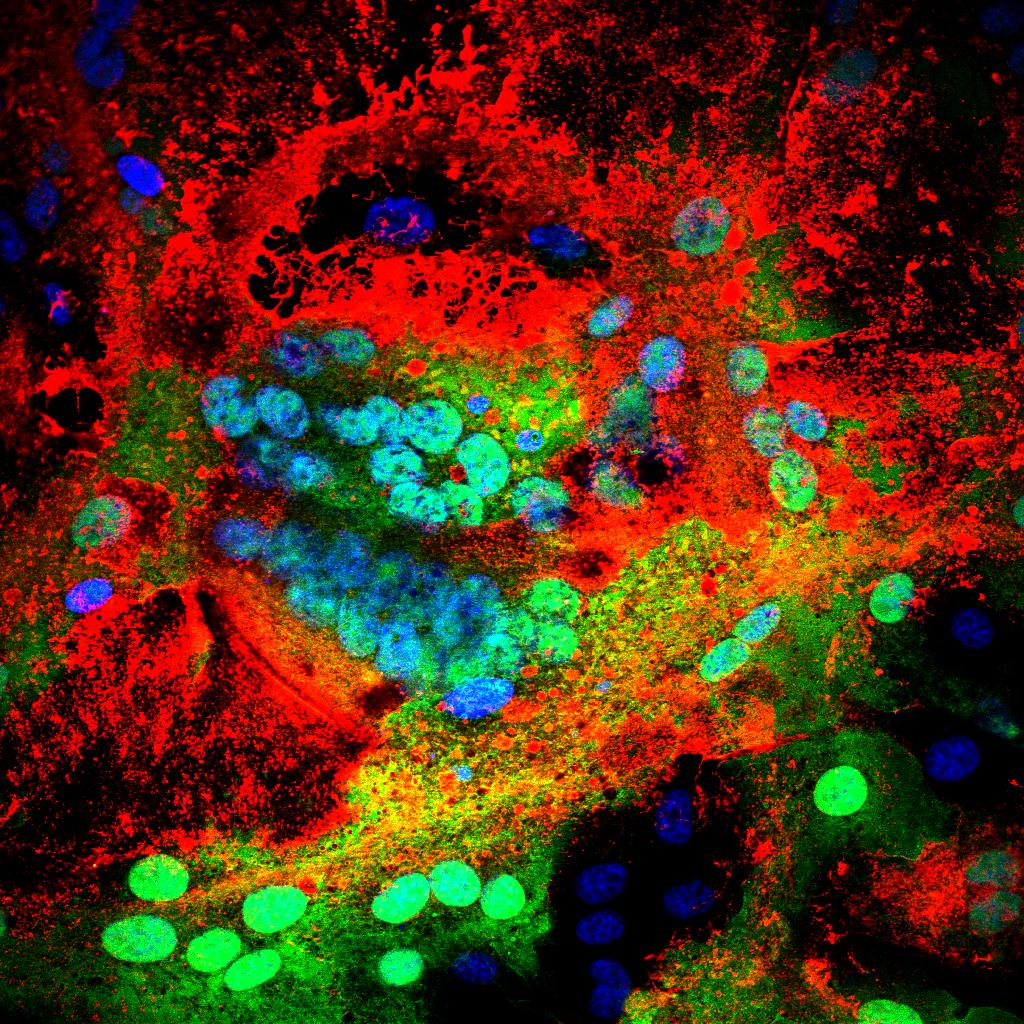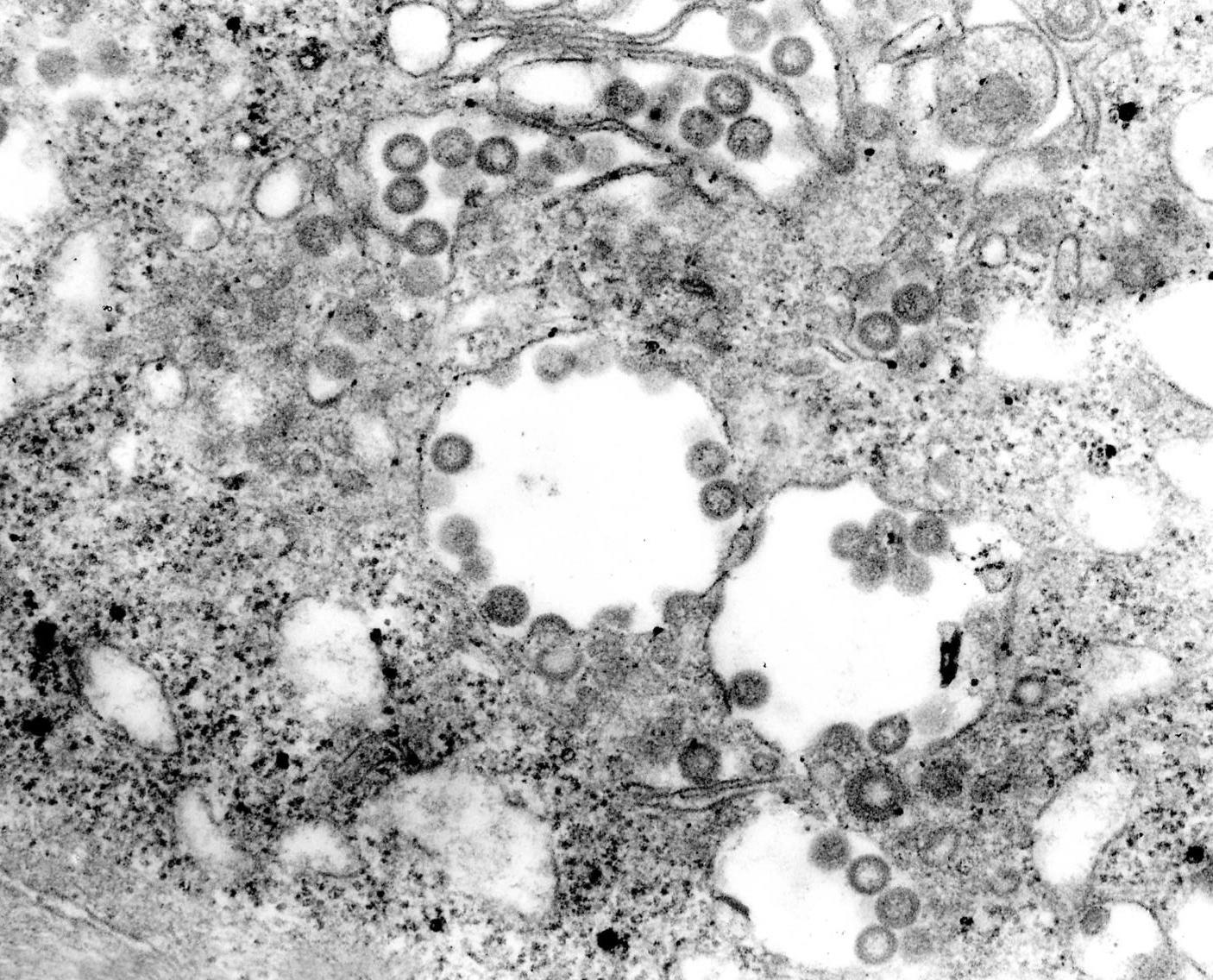Risk assessment and cost-effectiveness of animal health certification methods for livestock export in Somalia
Livestock export is vital to the Somali economy. To protect Somali livestock exports from costly import bans used to control the international spread of disease, better certification of livestock health status is required. We performed quantitative risk assessment and cost-effectiveness analysis on different health certification protocols for Somali livestock exports for six transboundary diseases. Examining stock at regional markets alone without port inspection and quarantine was inexpensive but was ineffective for all but contagious bovine pleuropneumonia, contagious caprine pleuropneumonia and peste des petits ruminants. While extended pre-export quarantine improves detection of infections that cause clinical disease, if biosecurity is suboptimal quarantine provides an opportunity for transmission and increased risk. Clinical examination, laboratory screening and vaccination of animals for key diseases before entry to the quarantine station reduced the risk of an exported animal being infected. If vaccination could be reliably performed weeks before arrival at quarantine its effect would be greatly enhanced. The optimal certification method depends on the disease. Laboratory diagnostic testing was particularly important for detecting infections with limited clinical signs in male animals (only males are exported); for Rift Valley fever (RVF) the probability of detection was 99% or 0% with and without testing. Based on our findings animal inspection and certification at regional markets combined with quarantine inspection and certification would reduce the risk of exporting infected animals and enhance disease control at the regional level. This is especially so for key priority diseases, that is RVF, foot-and-mouth disease and Brucellosis. Increased data collection and testing should be applied at point of production and export.
Back to publications


